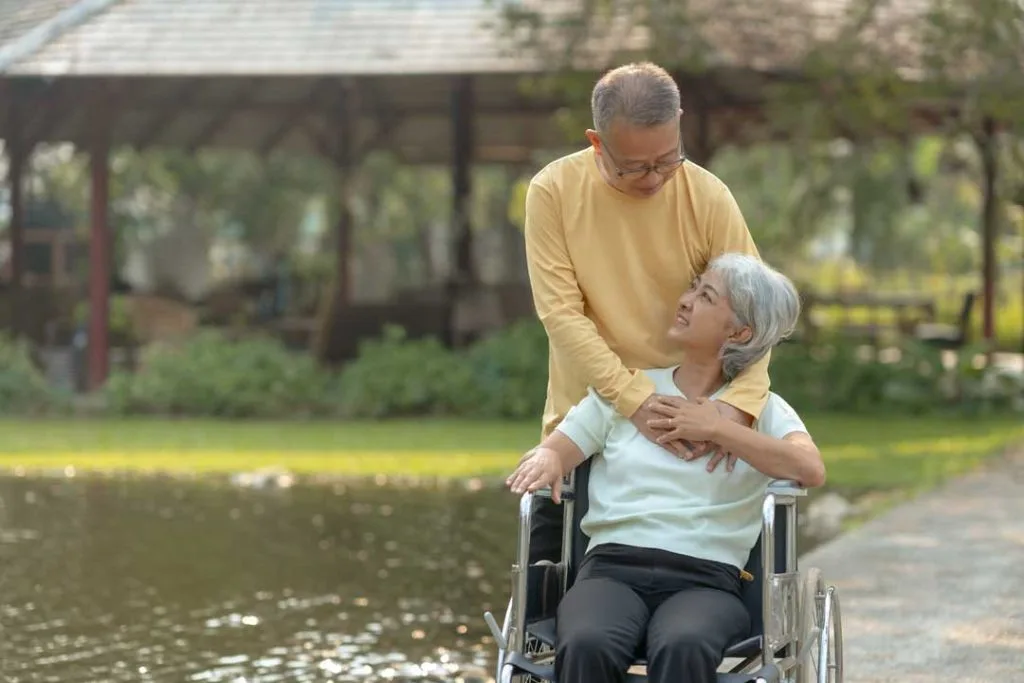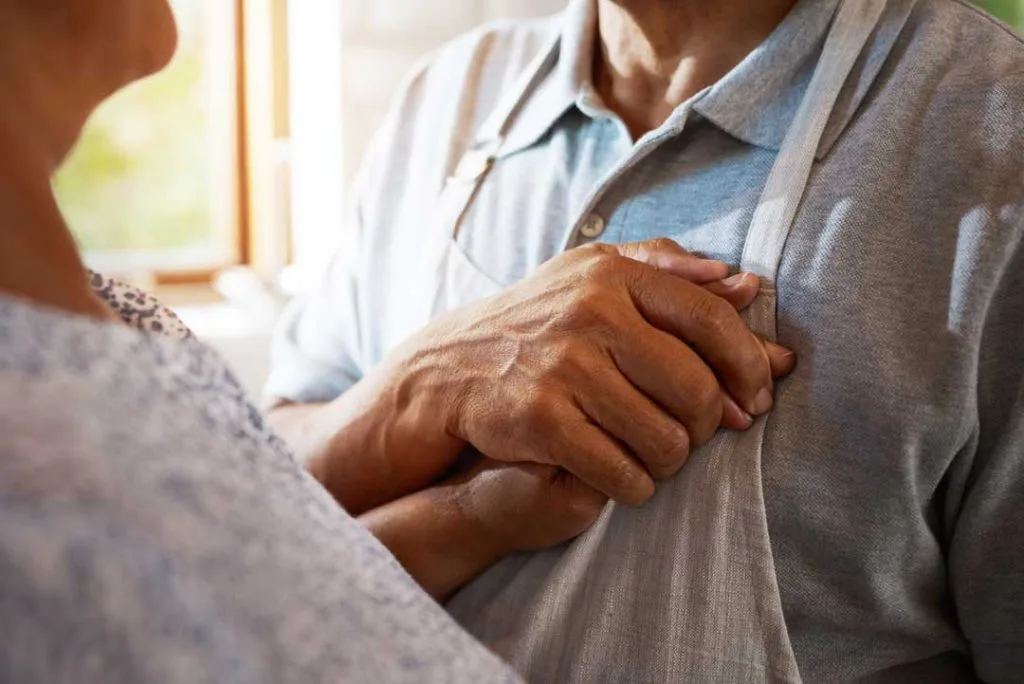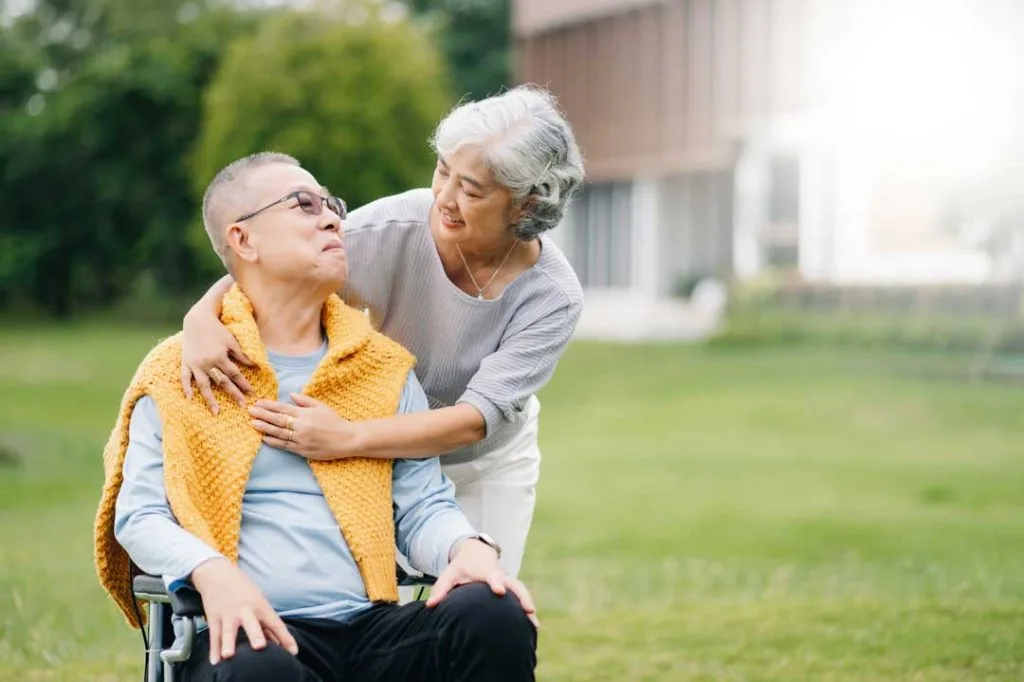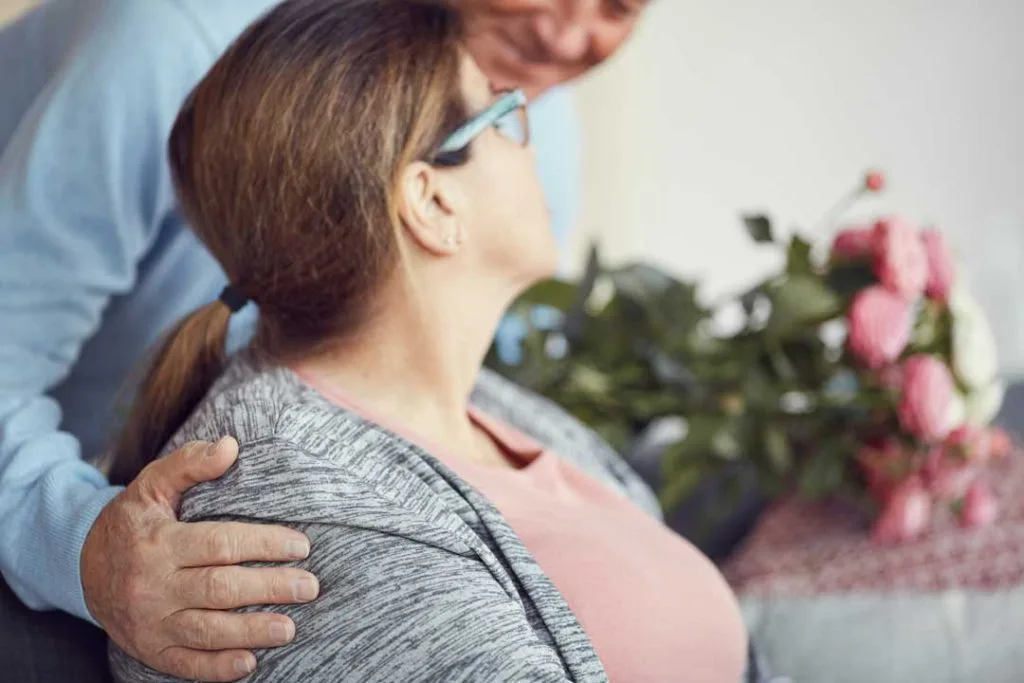Supporting a loved one after a stroke can feel overwhelming—but the right knowledge, patience, and care can make all the difference in their recovery.

Stroke recovery can be a long and arduous journey for both the stroke survivor and their caregivers. It often involves frustration, uncertainty, and a sense of loss, requiring significant time and effort to regain lost abilities, confidence, and independence.
How to Support a Loved One After a Stroke: 5 Helpful Tips for Caregivers
In this guide, we will discuss valuable tips on how to efficiently support your loved one after a stroke while also taking care of your own health and well-being.
Learn Useful Knowledge
Learning about stroke and its effects is crucial for supporting your stroke survivor loved one. It empowers caregivers with the essential knowledge to provide better emotional and physical support.

Even if you’re not your loved one’s primary caregiver, take the time to understand their condition by doing research, talking to their doctors, and connecting with other families going through the same journey.
Learn about all available resources, such as rehabilitation facilities, support groups, and financial assistance programs. Find a reputable neurobehavioral treatment center near your house or your loved one’s, in case they’re not living with you.
Provide Emotional Support
Being there for your loved one emotionally is crucial during their recovery. Strokes can lead to a range of emotions, including anger, sadness, denial, grief, fear, anxiety, and frustration. Many stroke patients also experience depression, making recovery more challenging.

Simply being there for your loved one and offering them a listening ear can make a big difference. If they’re not yet ready to share their feelings and thoughts, avoid forcing them and learn to respect their boundaries. Celebrate their small victories and be your loved one’s cheerleader.
Offer Practical Help
After a stroke, many individuals experience difficulty with balance, mobility, and coordination. Offering your loved one practical help by assisting them with their daily tasks and routines can help ease their burden.
Some practical ways you can help include assisting them with daily living activities, managing their medications, driving them to their appointments or social activities, accompanying your loved one during their therapies, and taking care of their household chores.
Communicate Effectively
Effective communication is integral when supporting a loved one after a stroke. Focus on clear, calm, and patient communication and always keep your lines open.
Speak to your loved one clearly and directly, use simple language and visual aids if necessary, minimize distractions, and remember to check for understanding.
Seek Support for Yourself
Caregiving can be emotionally, mentally, and physically demanding. You must take care of your own needs, to prevent burnout, unnecessary stress, and potential health issues. Actively seek support from friends, family, and even from mental health professionals.
Look for local stroke support groups and other organizations that can provide support, referrals, and essential information.

Prioritize self-care, regardless of how busy your schedule is. Whether it’s having a coffee date with a friend, having your hair done, or doing a quick gym session, be sure to incorporate activities that bring genuine happiness into your daily routine.
Stroke Recovery Support: How to Help a Loved One Heal
A stroke is a serious medical condition that can lead to long-term disability, lasting brain damage, and even death. By following these guidelines, you can support your loved one’s recovery journey while ensuring you also look after yourself.

Jessi is the creative mind behind The Coffee Mom, a popular blog that combines parenting advice, travel tips, and a love for all things Disney. As a trusted Disney influencer and passionate storyteller, Jessi’s authentic insights and relatable content resonate with readers worldwide.
